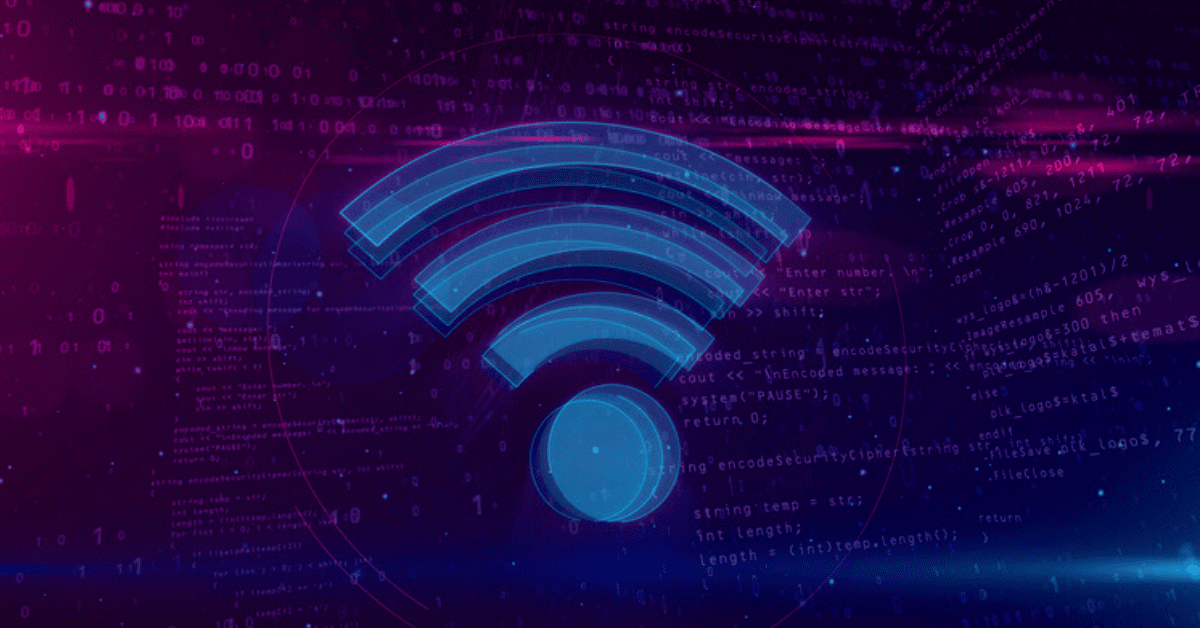Wi-Fi 6 is scheduled for release in 2019. The first questions that arise after hearing this are probably “what is Wi-Fi 6, and what does it mean for my business?” In this blog, we’ll answer those questions.
What is Wi-Fi 6?
Wi-Fi 6 is the newest version of the 802.11 standard for wireless network transmissions. It will still work on the same frequency channels as Wi-Fi 5, but with more data for more optimal usage.
In order to reap the benefits of Wi-Fi 6, you might have to upgrade your company’s routers. Ask your IT provider about Wi-Fi 6-enabled routers if you’re unsure of whether or not yours is compatible.
What Does it Mean for Businesses?
1. Faster Wi-Fi
Wi-Fi speed is incredibly important, especially for businesses that need to operate at high levels of productivity. Fortunately, Wi-Fi 6 is estimated to deliver an approximate 25 percent speed improvement over Wi-Fi 5. Maximum speeds may reach an approximate 40 percent speed improvement.
2. Better Battery Life
There’s a new feature within Wi-Fi 6 called “target wake time” (TWT) that basically tells internet-connected devices to “sleep” or “wake up” to send or receive data.
In other words, with Wi-Fi 6, your phone won’t constantly be sending or receiving data when it’s connected to a wireless network. It will only do so when you’re actually using the internet, which will help you to conserve battery life.
3. Multiple Devices
Wi-Fi networks often slow down and even drop connection when there are a lot of devices connected to them. However, Wi-Fi 6 is estimated to improve throughput per user by approximately four times in dense or congested areas.
This means that Wi-Fi connectivity and performance will typically be unaffected by the number of users on the network.
4. Improved Security
Wi-Fi 6 also comes with Wi-Fi Protected Access 3 (WPA3), which is the third iteration of a security program developed by the Wi-Fi Alliance. It’s the latest version and is securer overall than its predecessor, WPA2.
WPA3 has several notable, new features, such as:
- Simultaneous authentication of equals, which translates into a more airtight connection between the router and the devices connecting to it
- Individualized data encryption, which encrypts the data being shared between a device and the network
- Better brute force protection by limiting the number of suspicious password guesses a user may attempt to connect to a network
We hope this blog answers the questions “what is Wi-Fi 6, and what can it do for my business?” If you’re interested in learning more, ask your IT company today.
{{cta(‘21368358-003c-4f37-b530-9631af96b096′,’justifycenter’)}}




